December 14 – 16, 2020.
We first visited Whitewater Draw four years ago on the same trip when we were tooling through Southern Arizona visiting places like Bisbee and Tombstone. It was a quick overnight stop and we probably would have missed it completely if friends hadn’t recommended it to us. We found Sandhill Cranes there. Lots of them. Little did we know that four years later we would be deep down the birding rabbit hole and Whitewater Draw would become more than just a place to stop along the way, it would be a destination and a highlight in our birding quest.
Whitewater Draw is 1,500 acres of marsh and grassland managed by the Arizona Game and Fish Department and is the winter home to over 20,000 migrating Sandhill Cranes. Three days of free camping are allowed at the Draw every seven days. We took advantage of all those days and saw not only lots of Cranes but many other birds now checked off of our birding life list.
* All pics are click to enlarge.
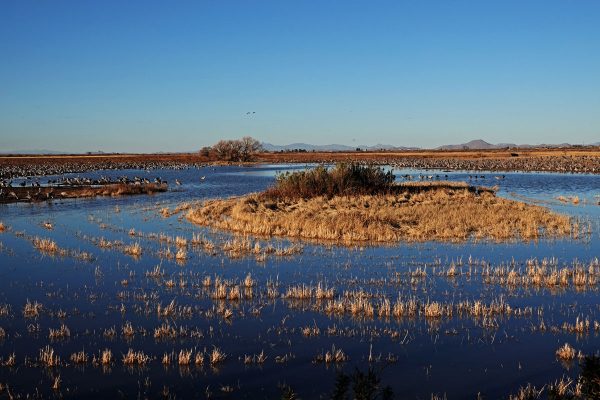
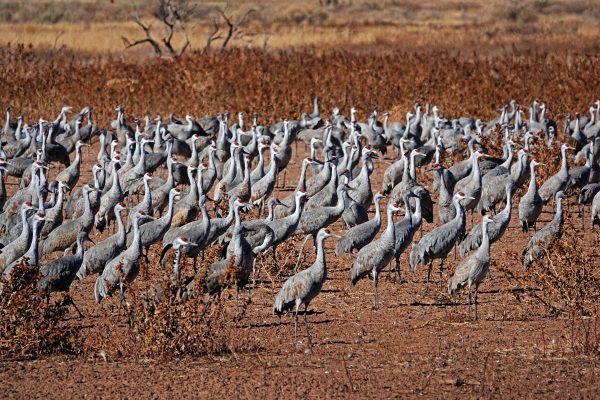
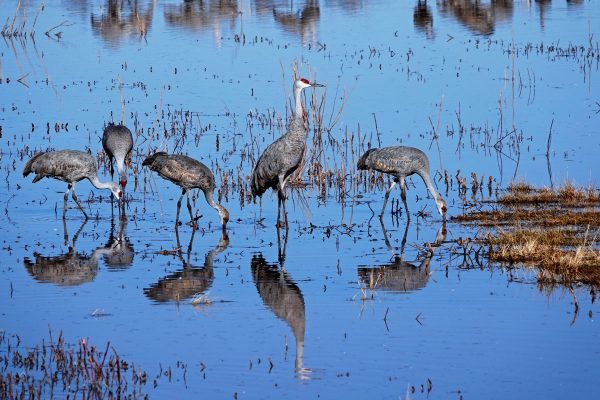
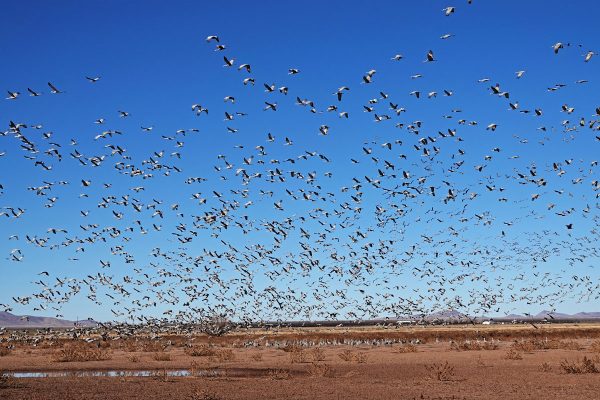
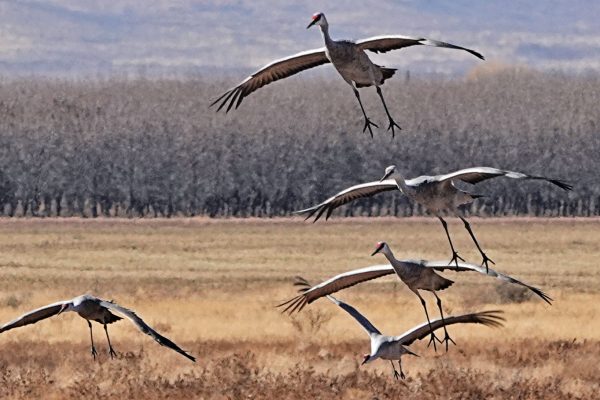
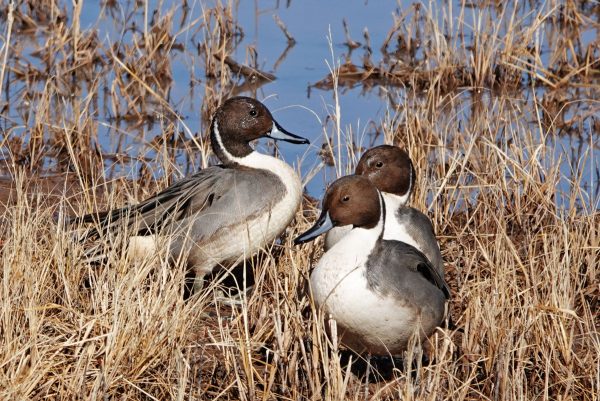
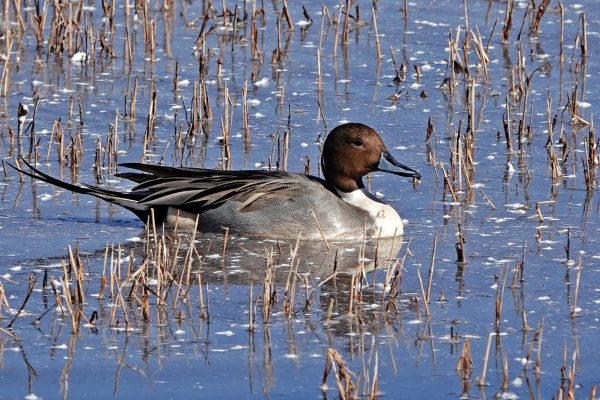
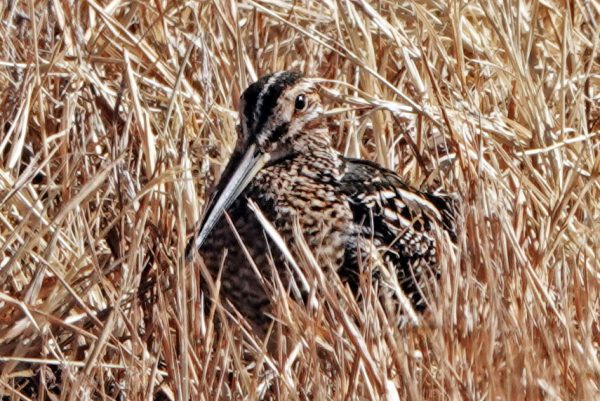
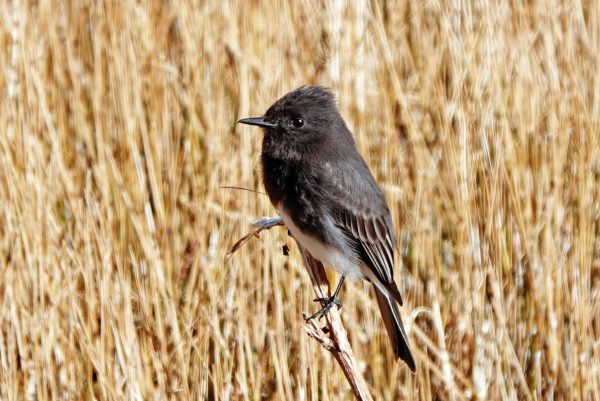
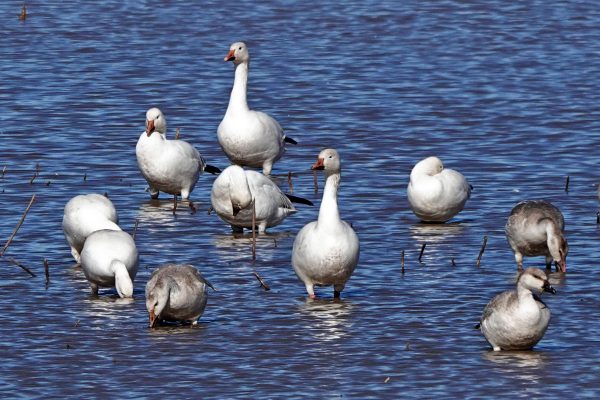
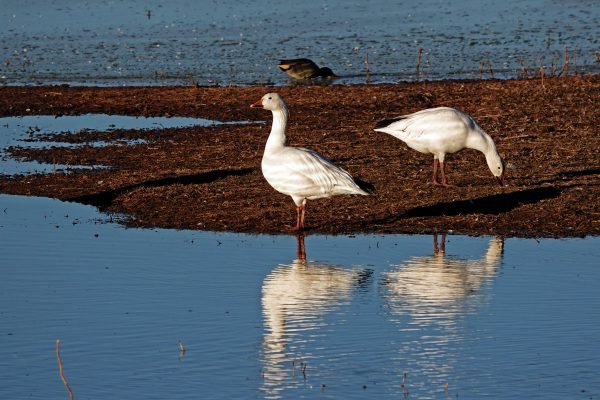
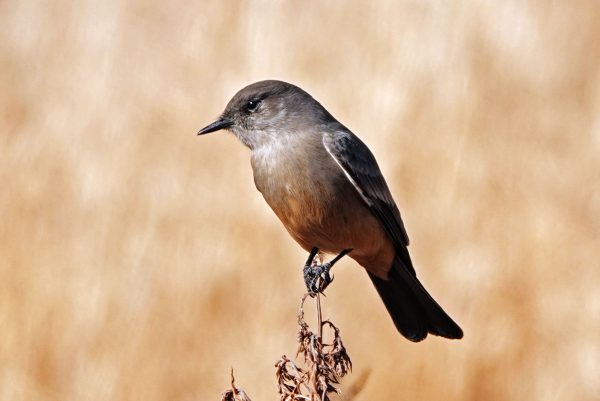
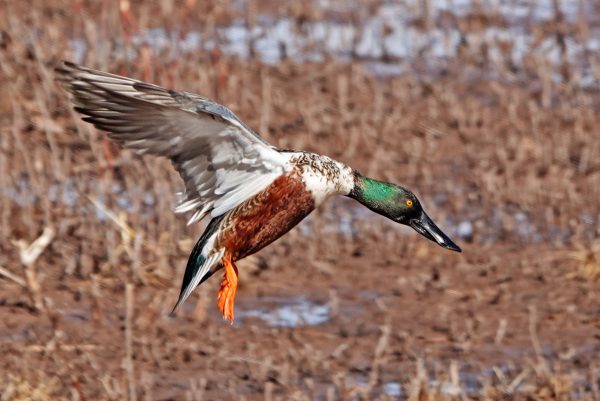
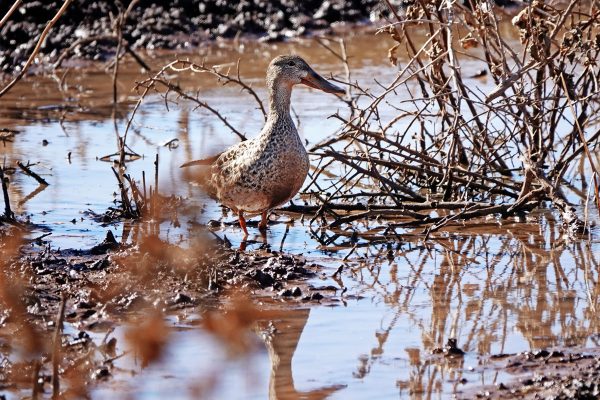
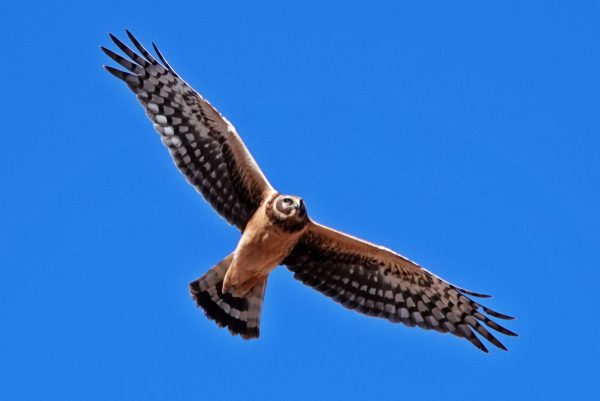
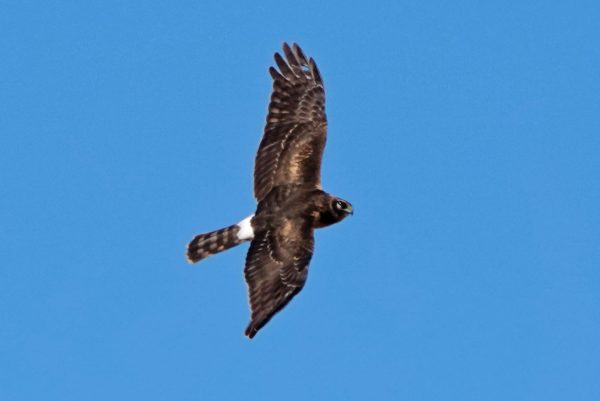
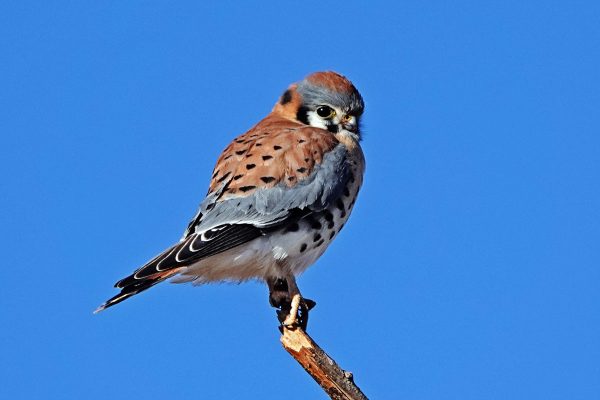
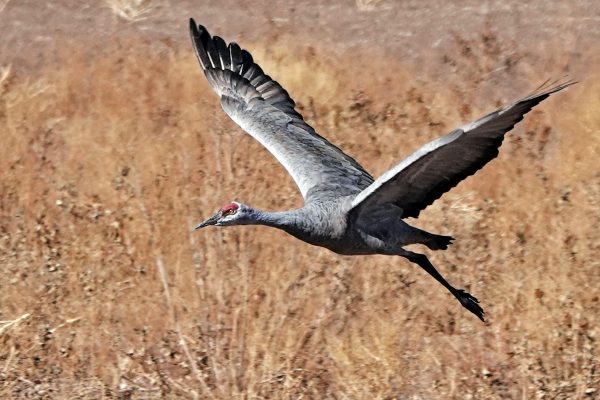
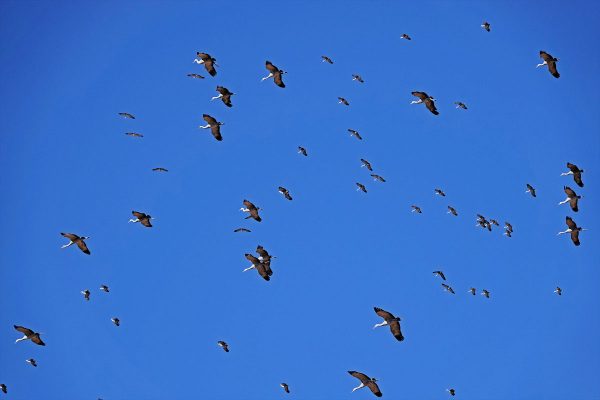
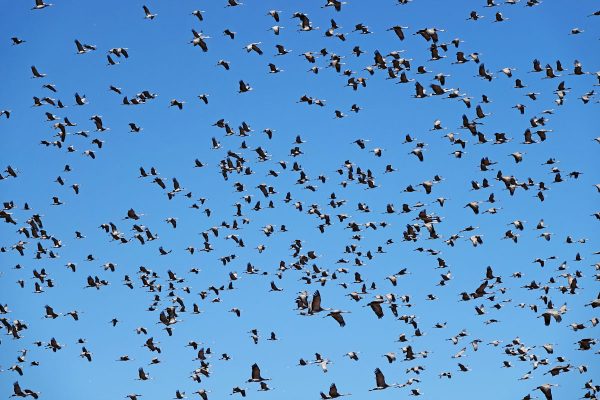
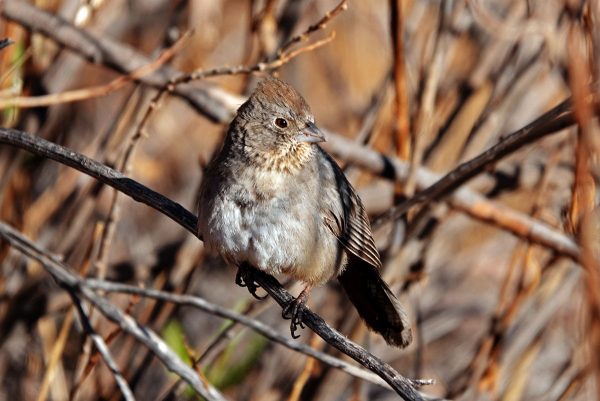

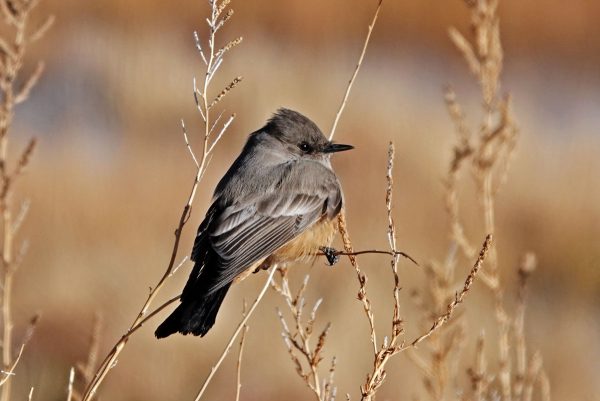

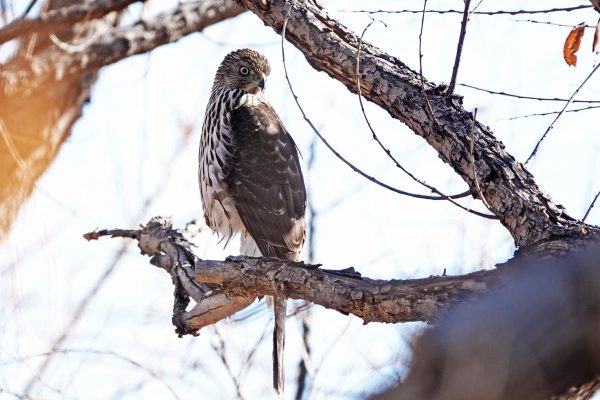
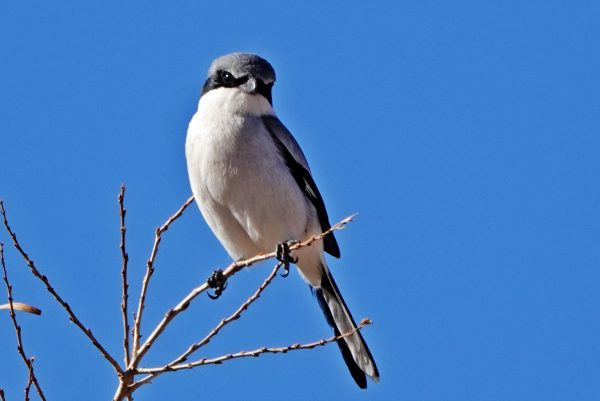
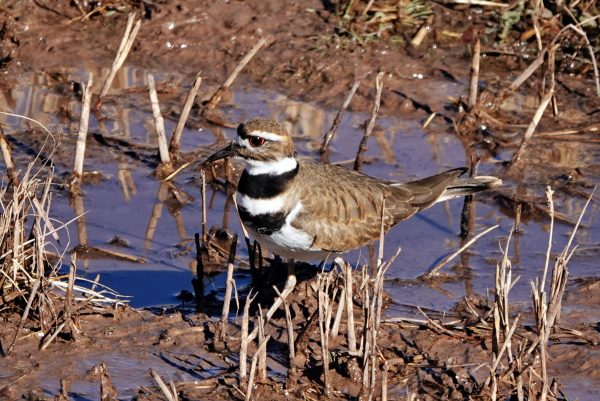
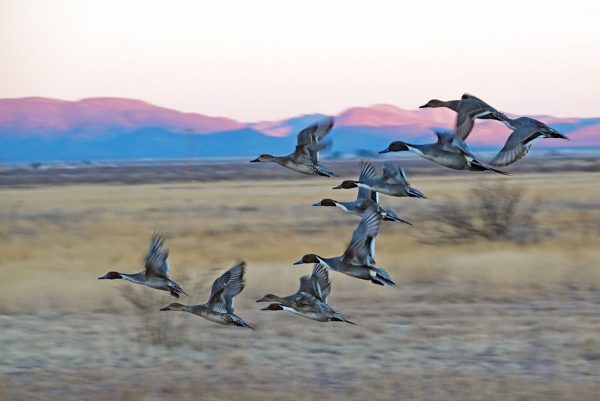
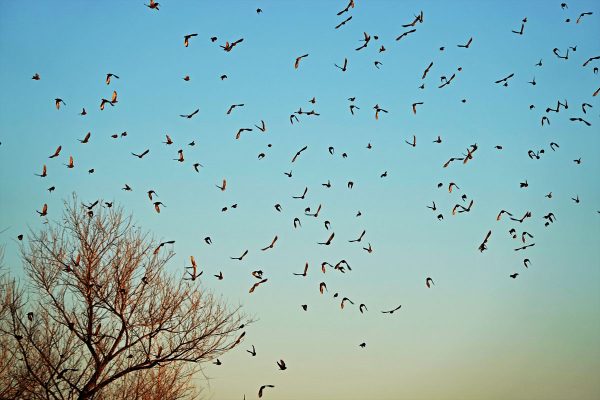
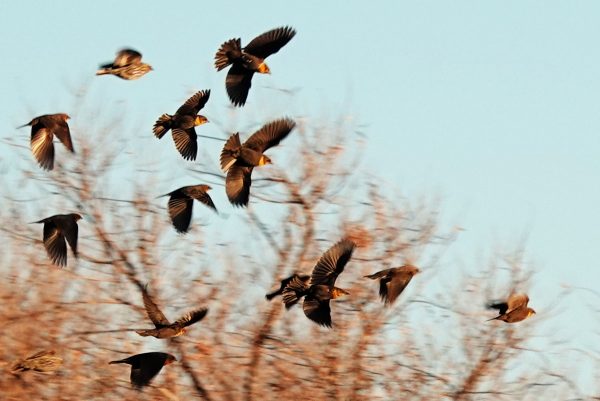
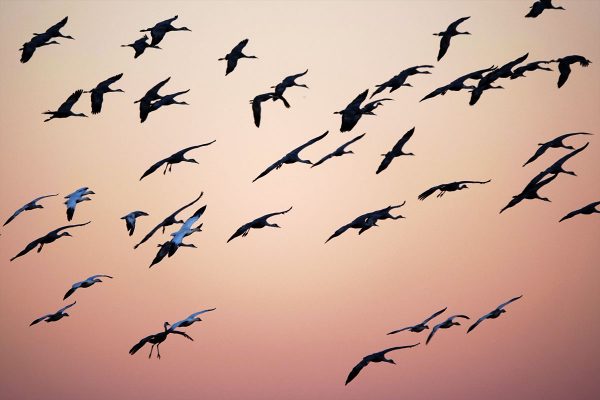
This week I will be sharing this post on Wild Bird Wednesday. Check out WBW to see birds from all over the world.

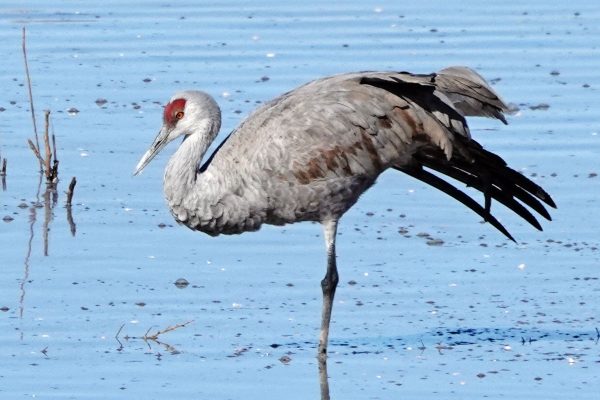
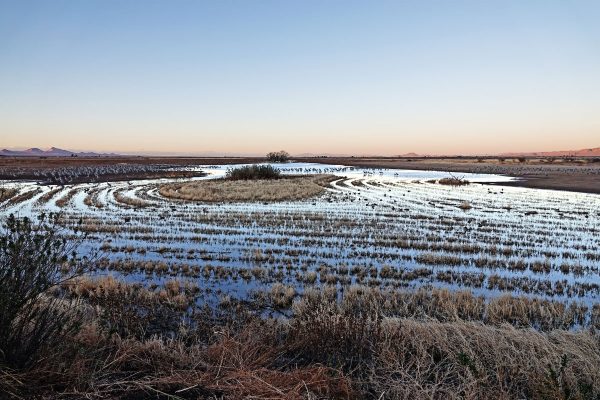
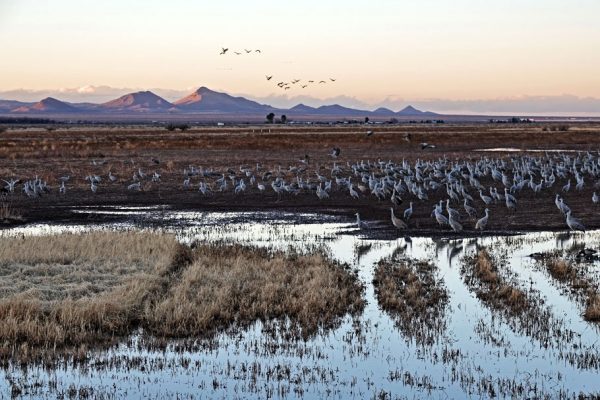
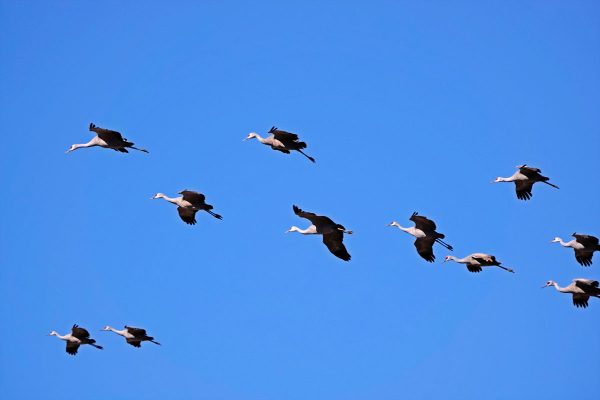
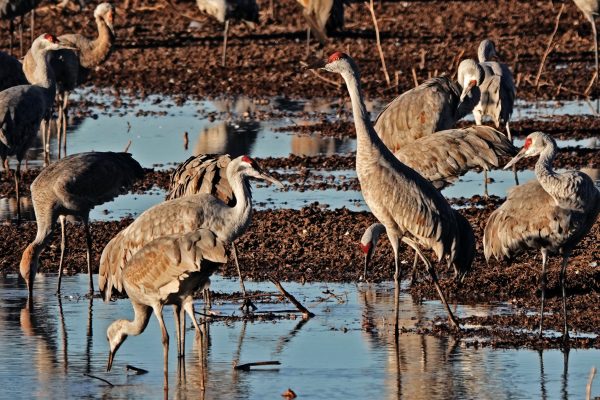
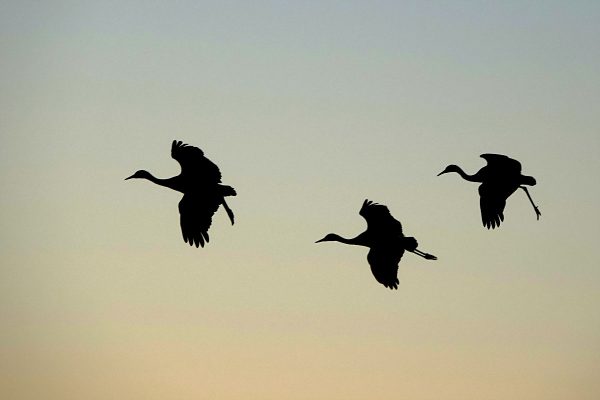
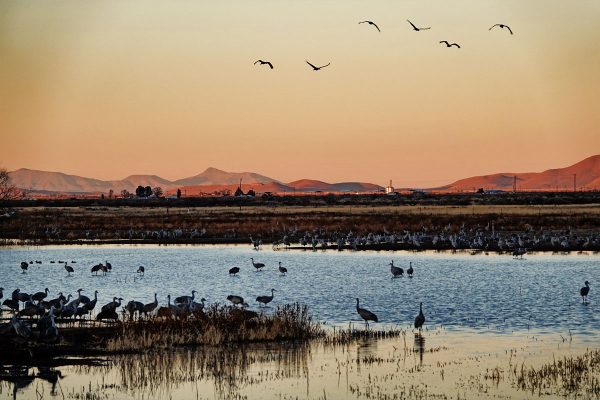



Great collection of bird images. I love that place and have only visited once. Looks like the water level was on the low side compared to when we visited five years ago.
Thanks! The water was lower than when had visited before also. This brought the birds in closer – which, of course, made the whole experience even better.
Your photos are magnificent. Another stop for next year.
Thanks.
Thanks Steve! I think you’ll enjoy it.
Oh, how wonderful! I loved all your photos. Ever since we drove through Kearney, Nebraska, on our move from NY to Colorado and I heard about the sandhill crane migration that happens there I’ve always wanted to return to see it! Since then I found out they also stop for a bit in SE Colorado and if were not for covid restrictions we may have driven down to see them. Hope to have that happened next year!
Glad you enjoyed the photos. The cranes are quite a sight to see. We saw a flock unexpectedly in Northwest Colorado this past fall. I assume they were migrating south.
Great series of images. The concentration of Sandhill Cranes is especially impressive.
Thank you. It is amazing to see them fly all at once.
Wow! So many cranes! These are wonderful pictures.
Thank you Linda!
Wow! If that’s the kind of birding you can get at this location I’m not surprised its a bit popular! I could see myself spend so much time there! One day, one day!
Great set of pictures.
Thank you Stewart. We were only there 3 days and that wasn’t enough. I’m pretty sure we will be going back whenever we are in the area again.